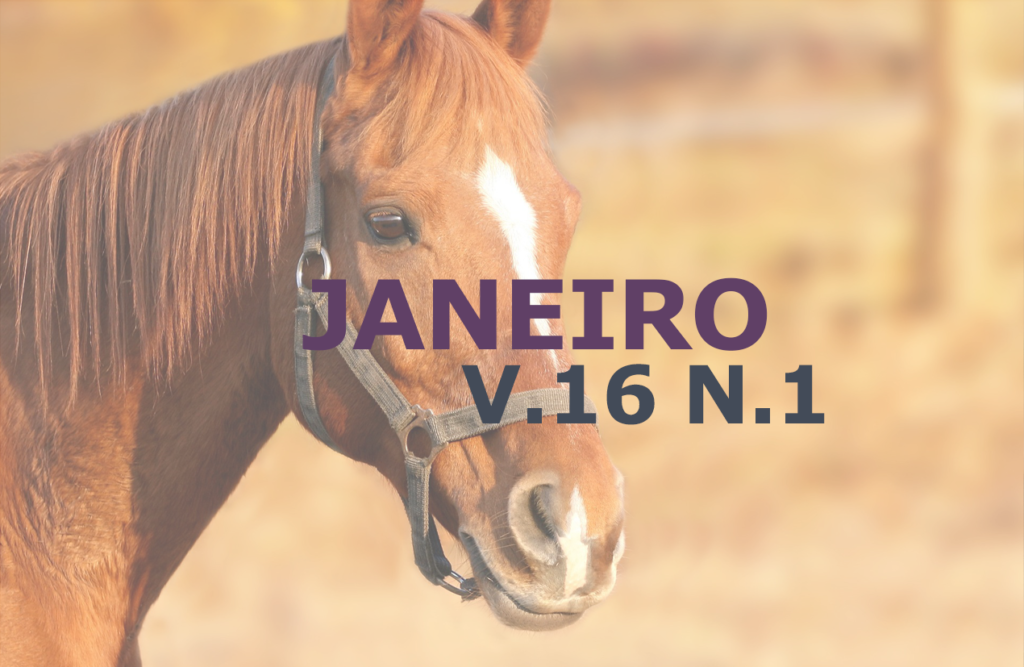Collection and assessment of posterior airway secretions in horses: Review
DOI:
https://doi.org/10.31533/pubvet.v16n01a1021.1-8Keywords:
Cytology, horses, transtracheal lavage, bronchoalveolar lavageAbstract
Respiratory diseases have great impacts on equine health. Determining the diagnosis of inflammatory conditions of the lower (or posterior) respiratory system in horses depends on the association of history and clinical examination together with complementary exams, therefore, interventions performed by veterinary professionals must always be supported by good diagnostic methods so that the proper treatment is instituted. As complementary exams, the secretions of the lower airways can be submitted to cytology, bacterial culture, biochemical analysis, viral isolation and molecular tests. Among the collection methods, the use of transtracheal techniques stands out, including percutaneous transtracheal aspiration and lavage (LPP), percutaneous transtracheal aspiration (PTA) and endoscopic transtracheal aspiration (LTE). In addition to transtracheal techniques, bronchoalveolar lavage is possible, the latter being able to collect samples from the smaller and more distal airways. The present study aimed to gather the main information on the techniques of collection and evaluation of secretions from the lower airways in horses, which can serve as auxiliary material for diagnosis by veterinary professionals.
Downloads
Published
Issue
Section
License
Copyright (c) 2022 Matheus Teixeira Borges Pereira, Paulo Fernando Rocha de Oliveira, Thailan Silva Martins, Valquiria Tatiele da Silva Rodrigues, Wendel Denian Silva dos Santos, Dinamérico de Alencar Santos Júnior

This work is licensed under a Creative Commons Attribution 4.0 International License.
Você tem o direito de:
Compartilhar — copiar e redistribuir o material em qualquer suporte ou formato
Adaptar — remixar, transformar, e criar a partir do material para qualquer fim, mesmo que comercial.
O licenciante não pode revogar estes direitos desde que você respeite os termos da licença. De acordo com os termos seguintes:
Atribuição
— Você deve dar o crédito apropriado, prover um link para a licença e indicar se mudanças foram feitas. Você deve fazê-lo em qualquer circunstância razoável, mas de nenhuma maneira que sugira que o licenciante apoia você ou o seu uso. Sem restrições adicionais
— Você não pode aplicar termos jurídicos ou medidas de caráter tecnológico que restrinjam legalmente outros de fazerem algo que a licença permita.





